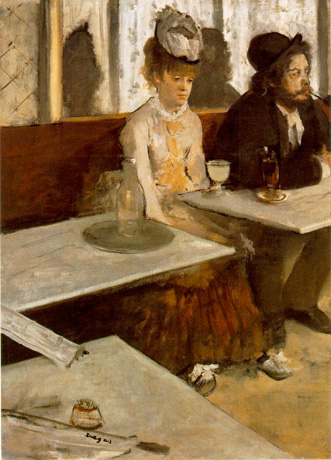
Greg Koch and Steve Wagner, the founders of Stone Brewing after tweasing (twitter teasing) the news for weeks have announced a bold, audacious plan. After resisting sending their beer overseas, they’ve decided instead to consider opening a brewery there instead. So they’re initiating an open call from municipalities or even nations abroad to see what they might propose to entice them to take over an existing brewery or build a new one somewhere in Europe, Asia or wherever. In the video below, Greg and Steve explain the idea.
Stone to open a Brewery in Europe? from stonebrew on Vimeo.
This is a very exciting project for Steve and me…and all of us at Stone Brewing. We’re going to be learning quite a bit with this endeavor, first and foremost: Will we be welcome? We’re approaching this with no assumptions other than we’d like to consider any and all options (other than having our beers contract brewed by another brewery, as that’s simply not our style). Many of the countries of Europe have great brewing traditions. Some countries are also currently experiencing a bit of a resurgence of small, independent (and independent thinking) breweries. As anyone knows that has visited the Stone Brewing Co. and our attached restaurant – the Stone World Bistro & Gardens – where we have more Guest taps than we do of Stone, we enjoy sharing the camaraderie of great craft beers. We look forward to joining in the fight in Europe by doing our part to add to the growing trend towards unique, flavorful artisanal beers, as opposed to the mass-blandification efforts characterized by megabrand sameness!
-Greg Koch, CEO












